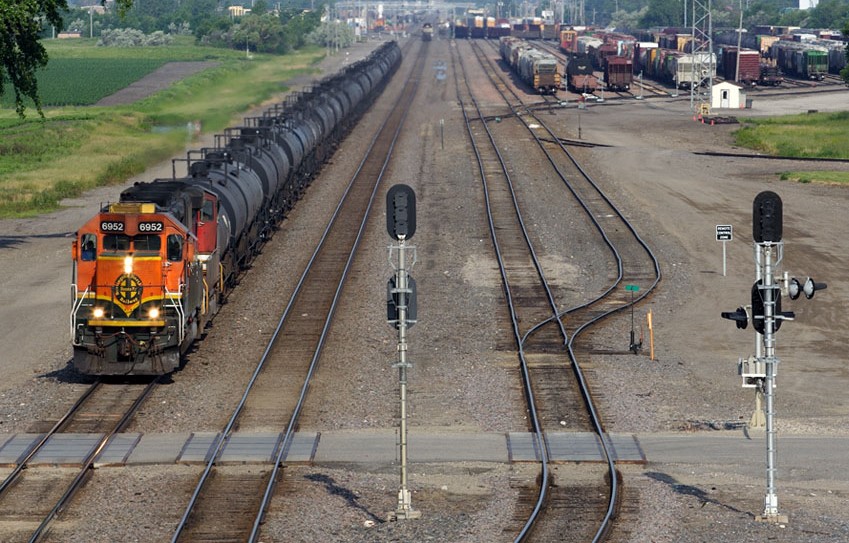Freight Planning
In today’s digital economy, demands for freight services are increasingly driven by e-commerce that allows companies and consumers to shop vendors around the globe for goods and services with the click of a mouse. As the Brookings report cited above notes: “digital communications have also enabled global value chains, allowing value creation through the production, manufacturing and assembly of products to occur in multiple locations, in various firms, and typically spans manufacturing and service industries,” often in more than one region or nation. To compete in this complex environment requires agile supply chains that can adapt to constantly changing market conditions and consumer demands.
Congress has recognized the importance of freight transportation in recent highway reauthorization programs, and the most recent: Fixing America’s Surface Transportation (FAST) Act enacted in 2015 created two new freight funding programs: 1) National Highway Freight Program, and 2) a discretionary freight-focused grant program originally called FASTLANE that the current administration has rebranded as Infrastructure For Rebuilding America (INFRA) Grants.
To access formula funds in the National Highway Freight Program, states are required to complete an USDOT approved freight plan. Locally, metropolitan planning oranizations (MPOs) like Metropolitan Council of Governments (Metro COG) are encouraged to develop freight plans that complement State freight plans but reflect the needs and objectives of the region. The Fargo-Moorhead Regional Freight Plan (FMRFP) examines factors affecting freight movement to, from and within the region to inform Metro COG’s other long- and short-range transportation planning efforts. From first and last mile truck movements to long-haul freight entering and exiting the region, understanding regional supply chain elements is important in determining future investment needs to keep local infrastructure efficient and effective in supporting freight movement.
